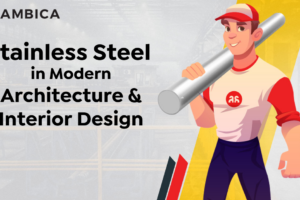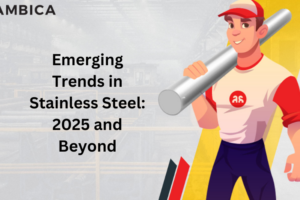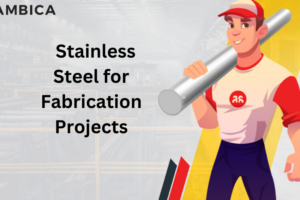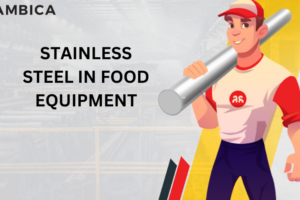Material science is an interdisciplinary field of engineering and designers, innovating recent objectives in the development of metallurgy. The science of metallurgy enlightens the depth of knowledge about alloys and their properties. The ultimate goal of metallurgy is to progress the metal properties such as strength, corrosion, hardness, and performance in extreme temperatures.
Heat-Treatments are the most common application of metallurgy. Heat treatments alter the physical and mechanical properties of metal, without altering its shape. Basically, it is the process of heating and cooling the metal, to make it more applicable to precision machining.
Steels and alloy are intended to heat treatments for improving mechanical properties. It alters the microstructure of alloys and imparts desired properties like hardness, ductility, strength, elasticity, formability, and temperature resistance.
The geometry of atoms in steel decides its crystal structure. The common crystal structure in iron body-centered-cubic (BCC) and face-centered-cubic (FCC). In the alloying process, different added elements interrupt the alignment of the crystal structures and increase in strength. The shift in crystal structure will lead to successful heat treatments.
Heat treatment requires three factors to attain efficacy despite metal being treated:
- The critical temperature
- The time period of the metal to be kept in the recrystallization stage.
- The cooling medium used.
There are many heat treatment processes available today, Annealing and Tempering are popular among though.
ANNEALING
It is heat treatment, in which metal is exposed above its critical temperature and then cooled slowly to refined microstructure. Cooling takes place at a slower rate. This process alters the physical properties of metal, softens the metal, and enhances ductility, machinability, and electrical conductivity.
In annealing, atoms disassociate in crystal structure which leads to reduced interstitial sites and improves hardness and ductility. After cooling, metal is recrystallization, and the desired microstructure is obtained.
The annealing process takes place in three main stages:
- Recovery stage
- Recrystallization stage
- Grain growth stage
Recovery stage
In this step, the temperature of the metal is elevated in the furnace, to relieve the internal stress caused by the previous cold working process.
Recrystallization stage
The metal is heated at elevated temperature but lower than melting, causes new grains to form.
Grain growth stage
The new grains are formed in a crystal structure. This growth is control by the subsequent cooling of the metal.
Annealed metals are used for the following applications:
- Work-hardened material or cold-drawn bars.
- Welded materials require annealing, as welding create stress to metals
- Materials operated from machining.
TEMPERING
Tempering is a heat treatment process; typically it’s altering the ductility and hardness of the metals. It also relieves the internal stress of metal caused during the hardening of metal.
In this process, metal is heated below its critical temperature and maintained for the same for a specifically determined time. Then cooling takes place in the air. The temperature determination required for tempering varies per steel grade. The advantage of tempering is to increase the toughness and reduce the hardness of the metal. To facilitate, material qualities for the various specified application.
If steel is hardened, it can become brittle and easily cracks during machining. If steel is not hardened, it may not be attaining enough strength required for industrial applications. Tempering is done after the hardening process of the metal. It relieves the internal stress by diffusing carbon in the crystal structure and refines the microstructure. Tempering improves ductility, strength, formability, machinability, weldability, and abrasion resistance.
Tempering is used for the following applications:
- Mostly tempering is used after quenching.
- Hardened materials require tempering.
- During welding, the material is hardened due to heat. Tempering can be used to relieve the stress of the material




